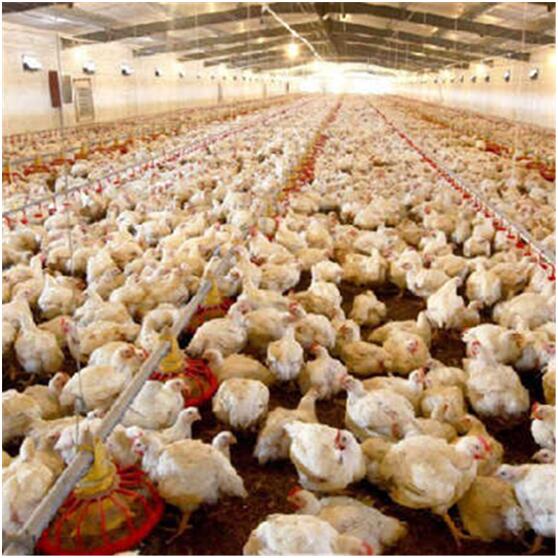it is common for pecking to cause 2-3% loss of grower. For laying hens, although the incidence is not high, generally less than 0.5%, but it will exist throughout the egg production period, the loss caused by the production is relatively large.
Specific reason analysis:
It is often the result of a combination of factors, not a single factor. 1,predisposing factors may be: The light is too bright (sunshine shines into the hen house); High temperature (poor ventilation); Improper breakage; poor feathering in chickens;
Overstocking density; nutrient deficiency: such as water supply, lack of sulfur amino acids, salt, crude fiber; long-term diarrhea, respiratory disease easily lead to malnutrition.
2,The reasons for the occurrence before and after the peak period are: The cause of this problem is that the anal leads to rectal prolapsed; Reserve hens have excess body fat; Light stimulation is too early; Dietary protein/amino acid levels are too high, causing large eggs.
inspect on the spot:
The lighter body weight is the main precipitating factor for multiple clams in the peak period of the flock. Light-weight chickens are more neurotic and have low intake of nutrients and tend to feed other chickens.

In order to produce large eggs prematurely, feeding light-weight hens with high-protein/amino acid diets will exacerbate the phenomenon of prolapse. If combined with further lightening, it often leads to more double yellow eggs.
solution:
1 .The most effective measure to avoid scrofula: keep low light intensity; 2. Improve the uniformity of bred chickens; 3 .to prevent premature feeding of high protein feeds; 4 .Provide a reasonable feeding environment and provide sufficient drinking water.























